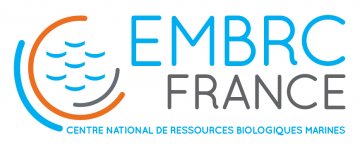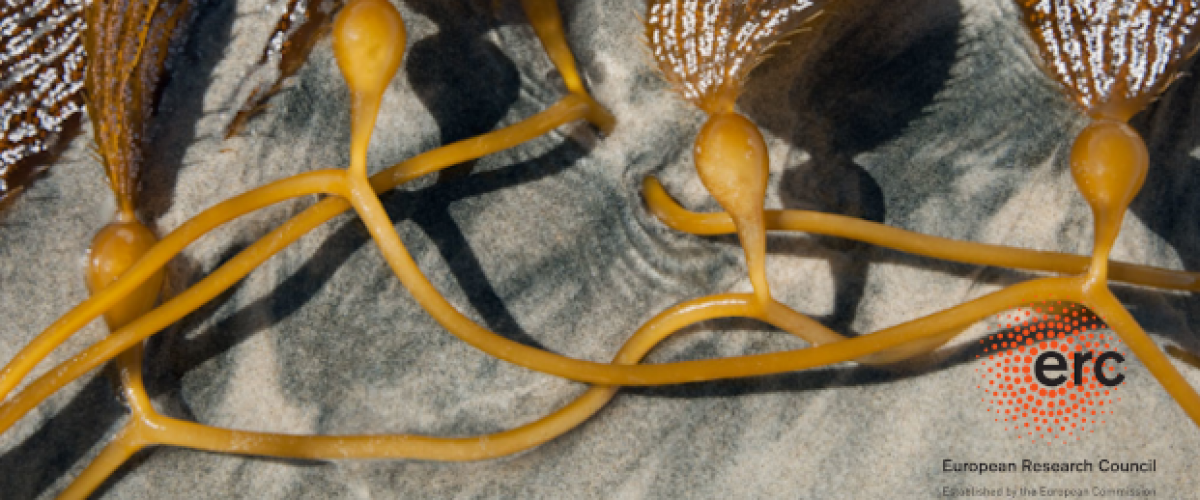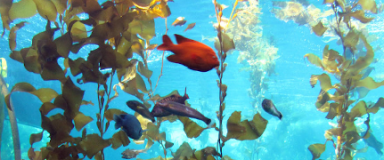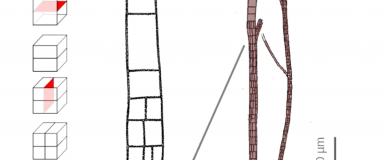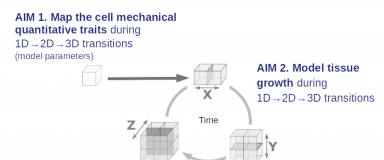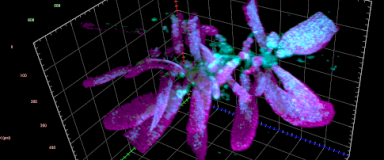" ERC Project "ALTER e-GROW" (2023-2028)
ERC-Adv project ALTER e-GROW (2023-2028): Strategies of 3D growth in brown algae
Brown algae are the second largest organism on the planet, after sequoia trees (120m) and before blue whales (30m). Although eukaryotic, multicellular and photosynthetic, these organisms are phylogenetically distant from plants, and just as much from Fungi and animals, whose respective ancestors separated over 1.6 billion years ago. Consequently, they are a rich reservoir of unexplored biological processes that could complement or even change our understanding of life on our planet.
The approach is based on the mechanical properties of the cells, and it is all the more exciting because, in brown algae, these properties result from an original cellular organisation and a unique combination of cellular materials.
Moreover, a striking feature compared to other organisms is that some brown algae form their 3-D tissues by a succession of long phases in, first, one, then two and finally three dimensions.
Several technological challenges arise to study this issue in these organisms. This is why in the last few years, the group has developed various tools such as microfluidics and laser cell ablation.
The ALTER e-GROW project is testing the hypothesis that, in order to change their growth orientation in space, brown algal cells rely on parsimonious mechanisms leading to changes in cell shape. The approaches used are in silico simulation of tissue growth based on mechanical models, fed by quantitative data on cell geometry, structure and growth dynamics.
Implementation
- Feb 2023-August 2023: Station Biologique Roscoff (SBR, CNRS, France)
- Sept 2023- 2028: Institut de Génomique Fonctionnelle de Lyon (IGFL, ENS-Lyon, France)
- Post-doc #1 (October 2023 - Septembre 2026): Cell biology in 4 brown algae: optical microscopy, microinjection, laser ablation, in vitro cultivation, quantitative image analysis.
